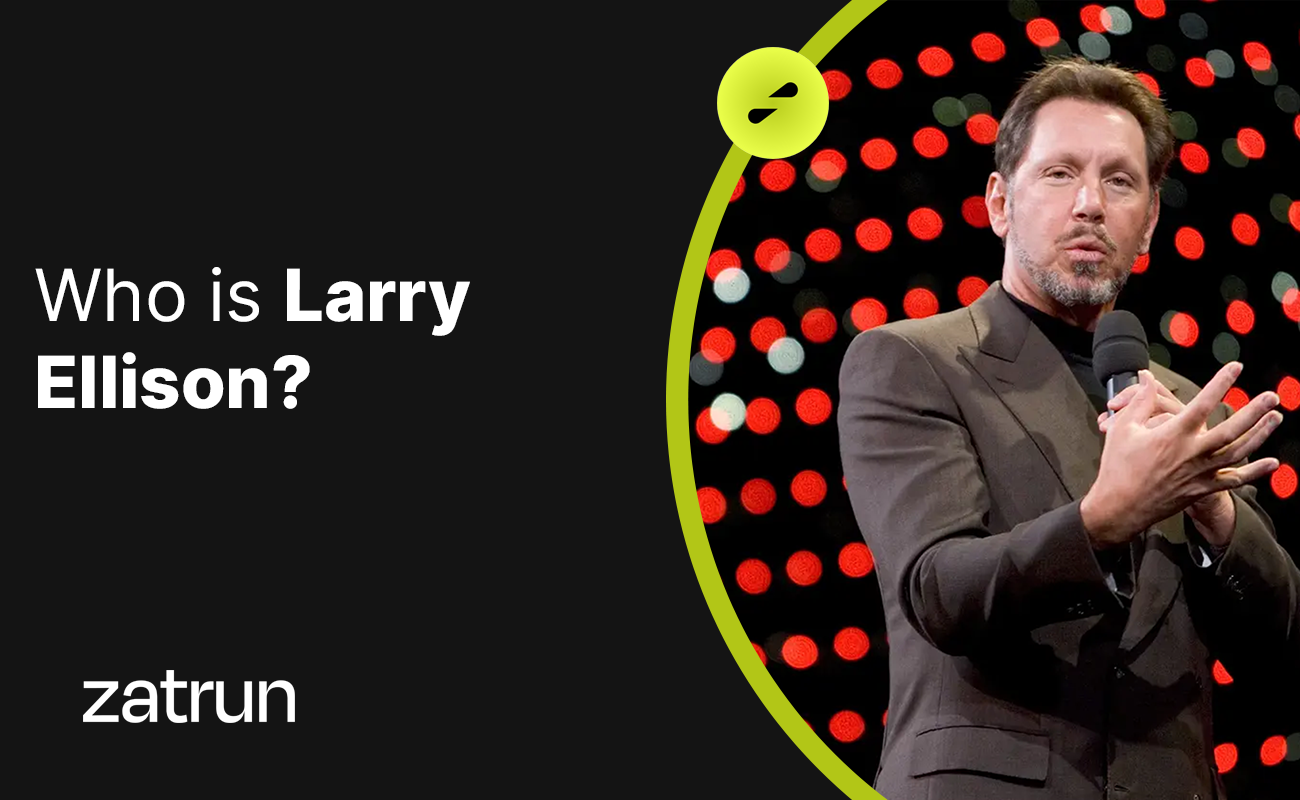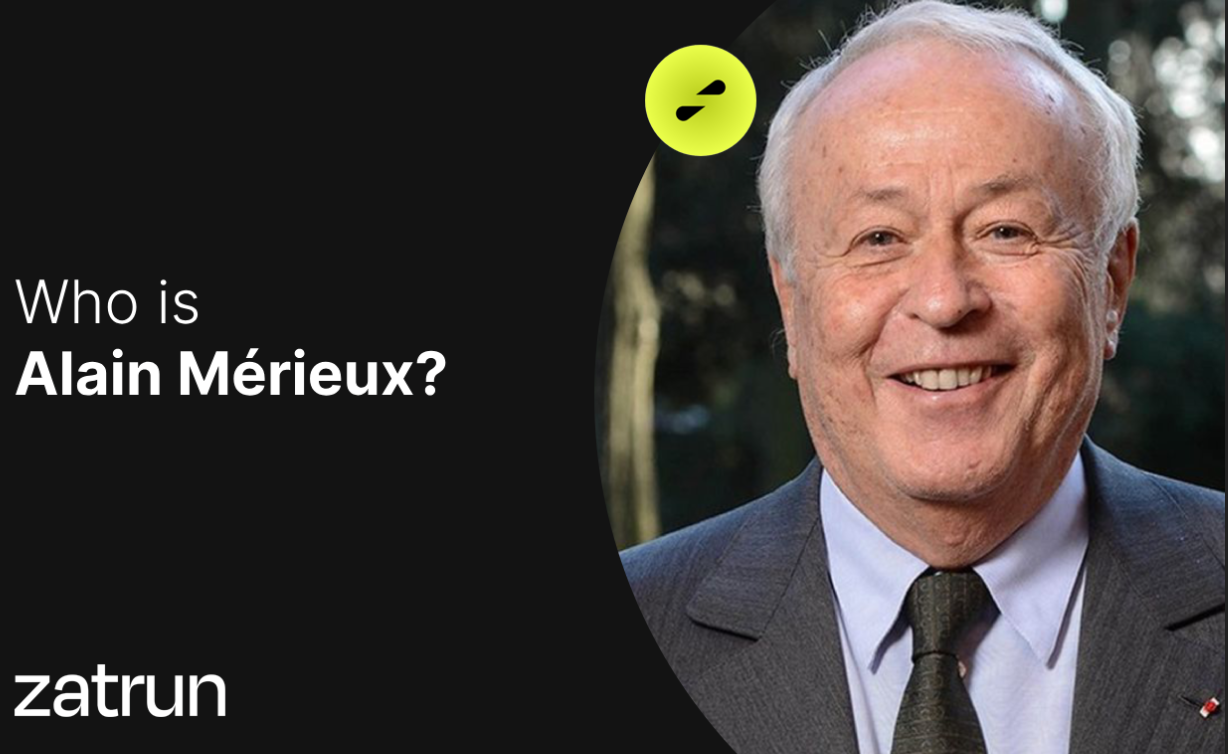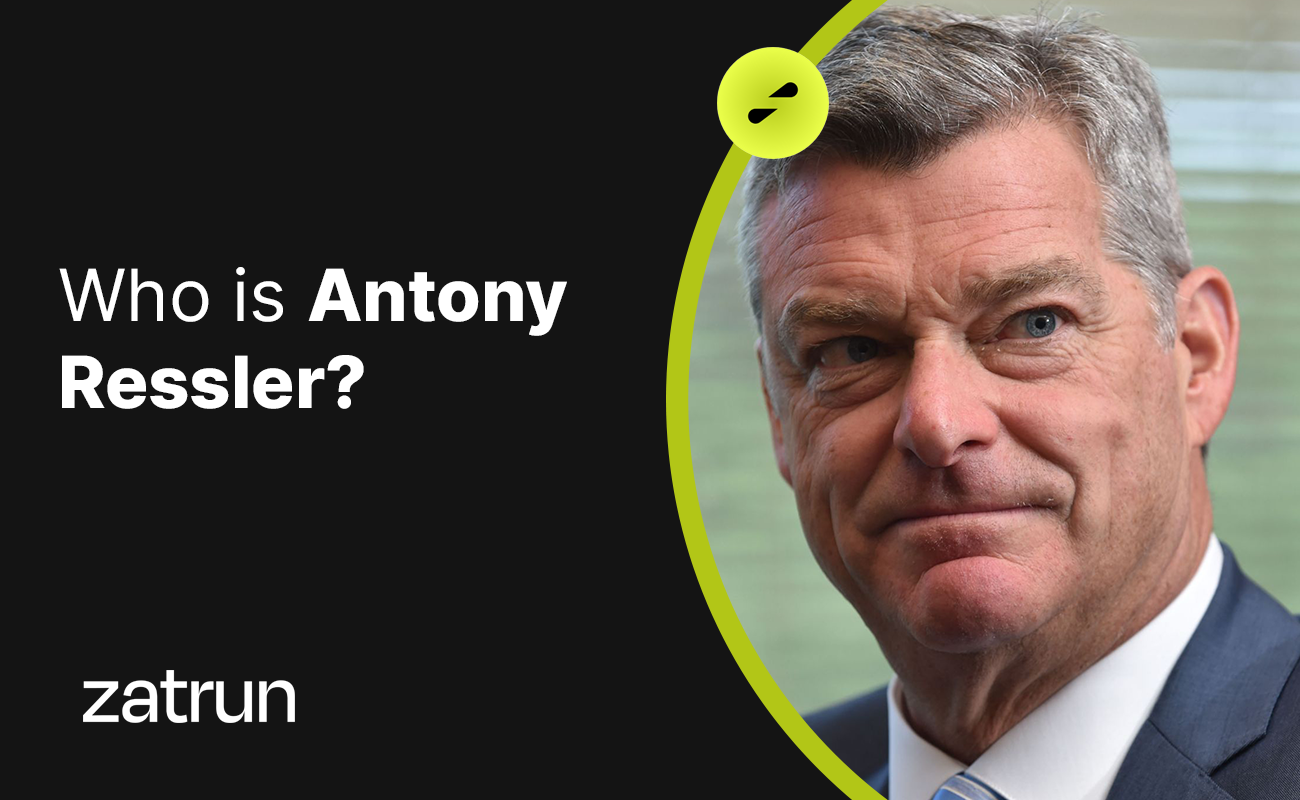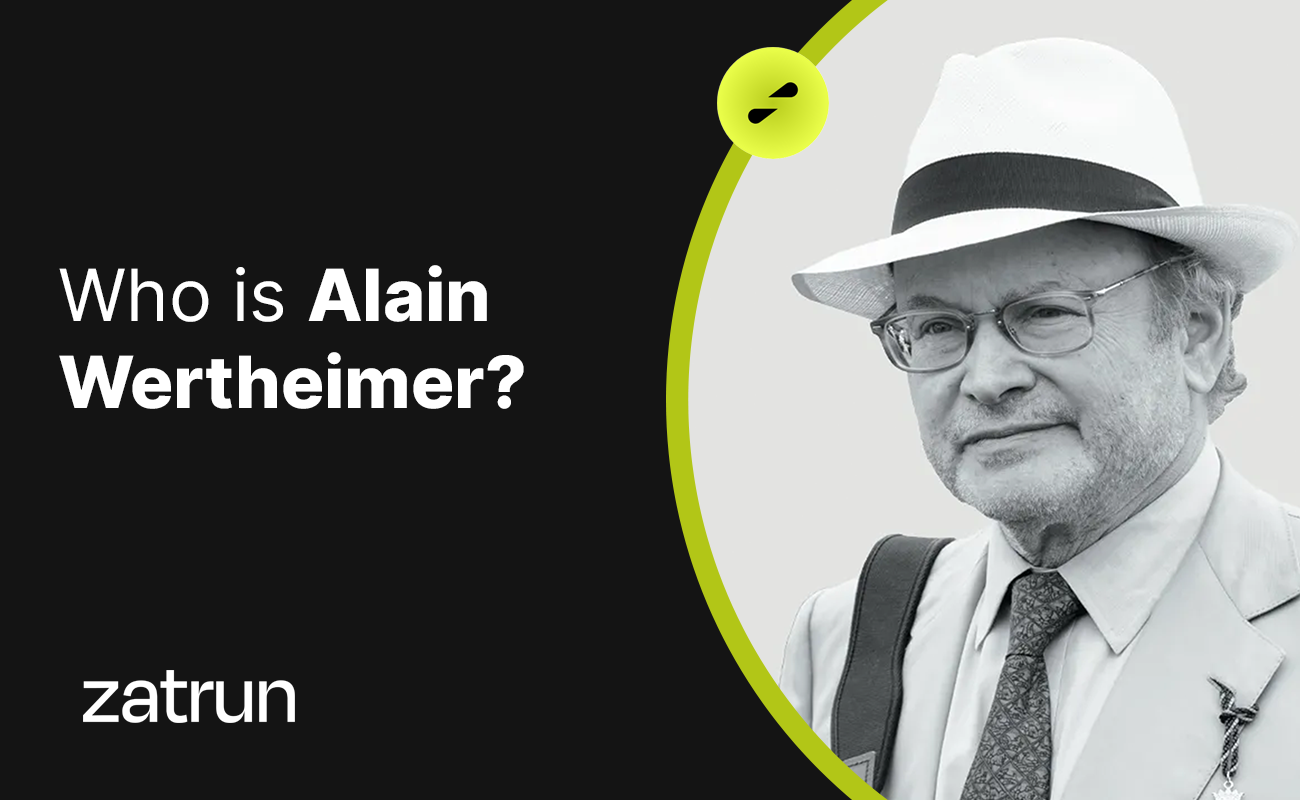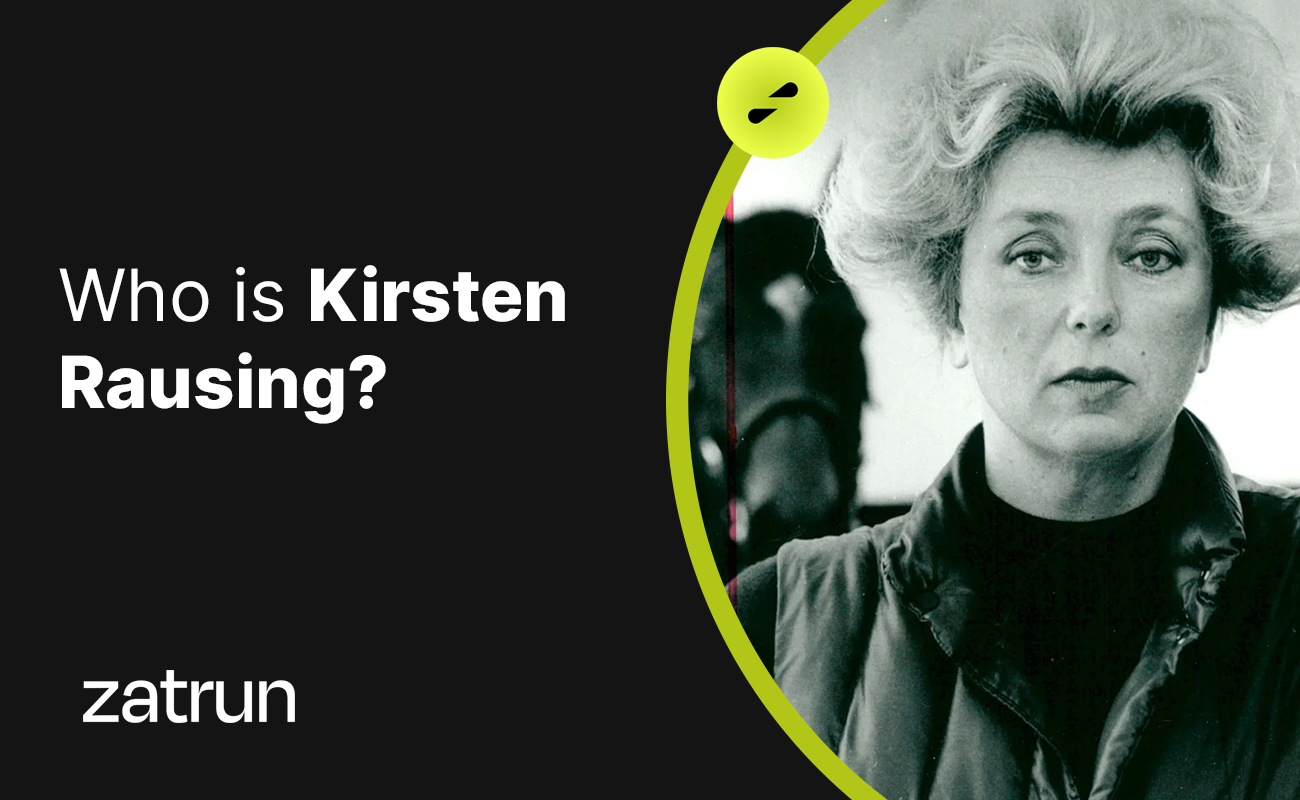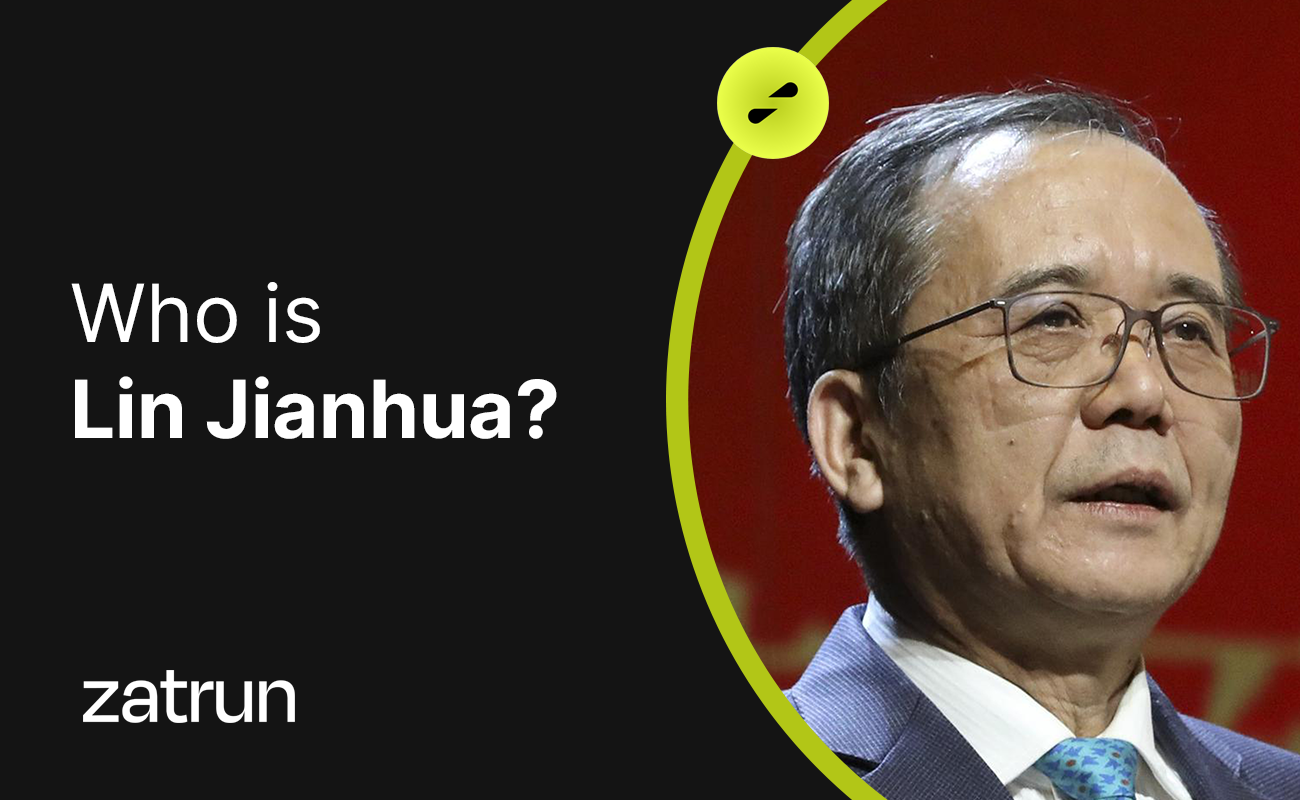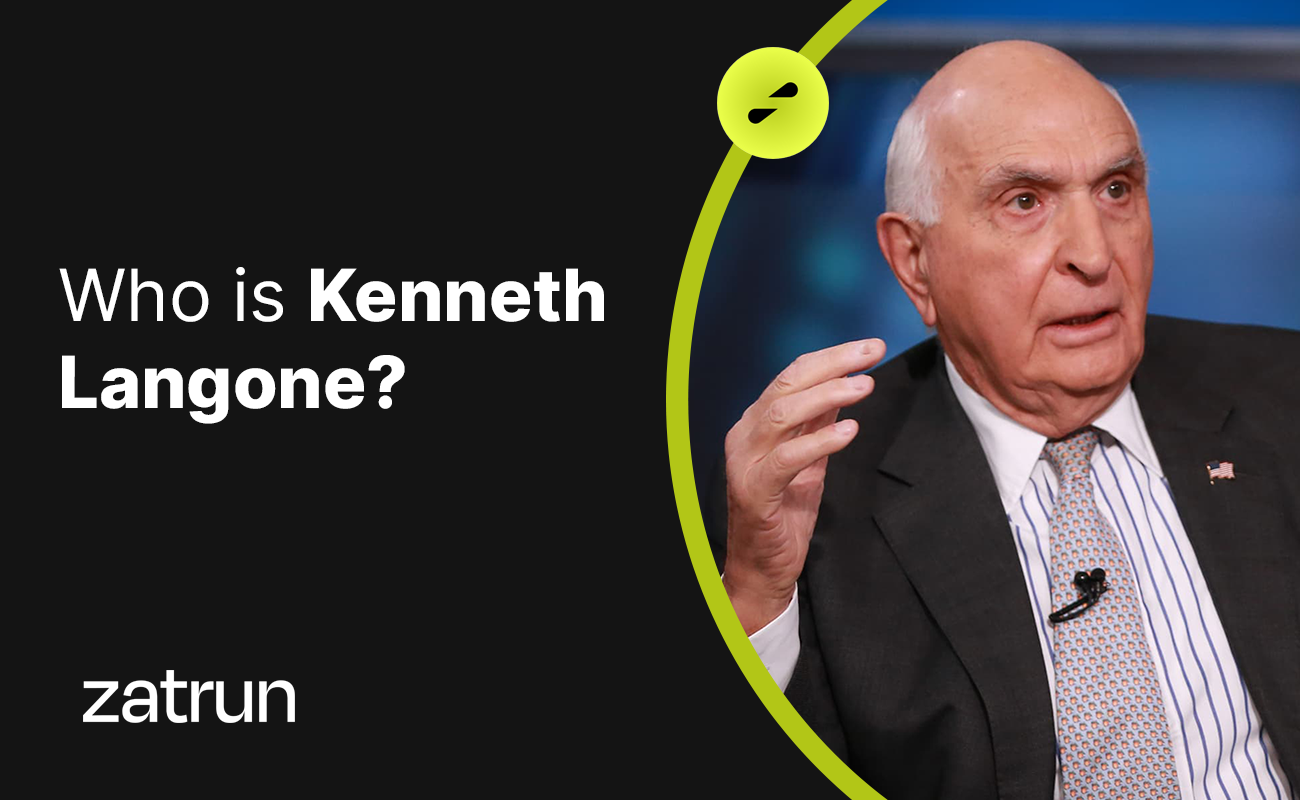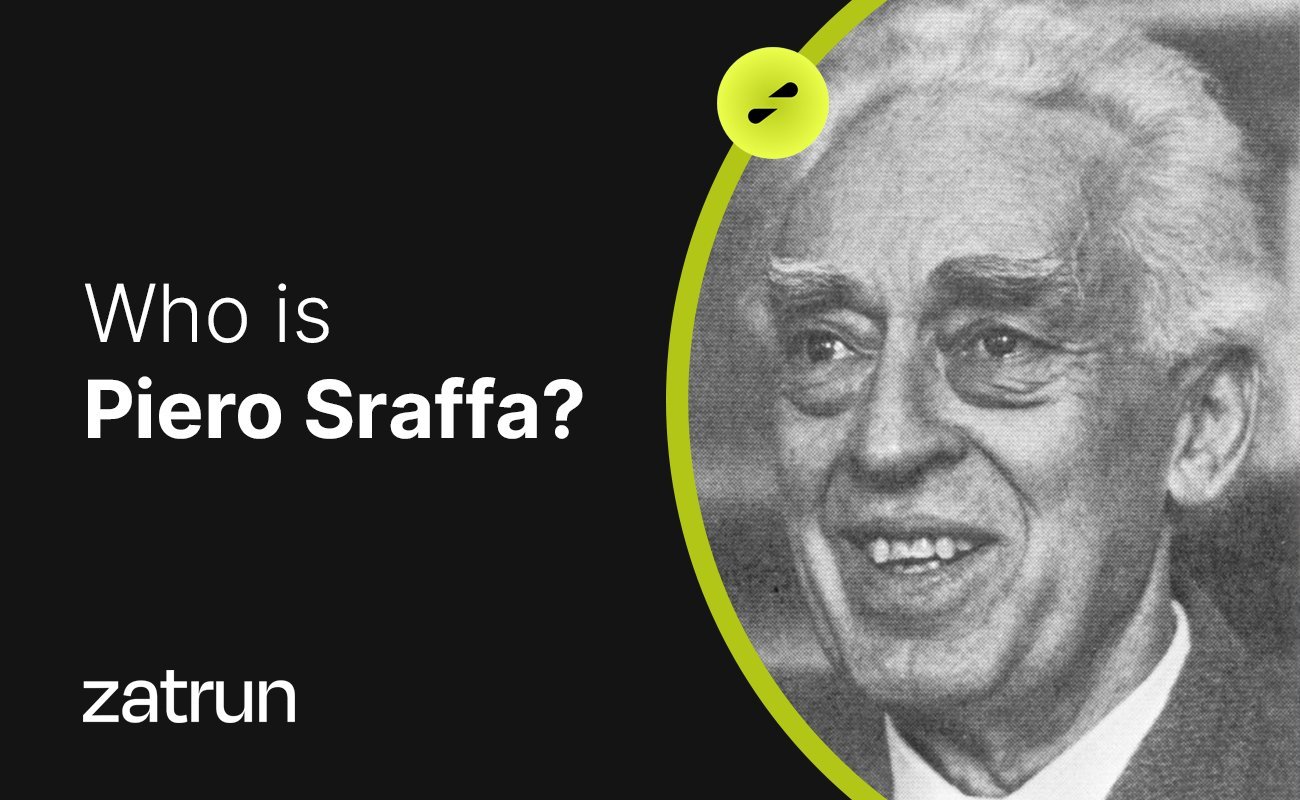Julian Simon 101: Who is the Famous American Professor? In this article on Zatrun.com, we will cover in detail everything you need to know about Julian Simon, the famous American professor that our readers are curious about.
Who is Julian Simon?
Julian Lincoln Simon February 12, 1932 – February 8, 1998) was an American professor who taught business administration at the University of Maryland. Prior to that, he was a long-time professor of economics and business administration at the University of Illinois at Urbana-Champaign and was a Senior Researcher at the Cato Institute at the time of his death.

Julian Simon has authored many books and articles, especially on topics such as population, natural resources, and migration. Sometimes it is also associated with the view of “fertility”, which focuses on the permanent economic benefits arising from continuous population growth fuelled by human intelligence and technological progress, rather than the abundance of nature.
He is also an ecologist, and he is known for the famous Simon-Ehrlich claim. While Ehrlich predicted that the prices of the five metals would increase within a decade, Simon took the opposite stance. Simon won the bet, as metal prices fell sharply in that decade.
His Major Works
Julian Simon’s 1981 book “The Ultimate Resource” criticizes the traditional belief about resource scarcity at that time. This book is by Paul R. It was published in the cultural context created by Ehrlich’s influential 1968 book “The Population Bomb” and his 1972 book “The Limits of Growth”. Simon challenges the prevailing view on population growth, resource depletion and material consumption.
He argues that our views on the growing scarcity of resources ignore the long-term Deceleration trend in raw material prices, adjusted for wages. From an economic point of view, he suggests that increasing wealth and technology make more resources available, and that resources can be considered economically uncertain even if they are physically limited. It assumes that old resources are recycled, and new alternatives are developed.
Julian Simon opposes the Malthusian idea that population growth has negative economic consequences, consumes natural resources, and poses a risk of depletion due to overconsumption. He argues that people and Sundays are the solution to resource scarcity and environmental problems because they innovate. Nobel prize-winning economists Friedrich Hayek and Milton Friedman praised his ideas. But Paul R. Critics such as Ehrlich, Albert Allen Bartlett and Herman Daly were also interested in his work.

Simon conducted an analysis of various raw materials, especially metals, and their historical prices. He assumed that while there might be temporary shortages, eventually the prices of raw materials would remain the same and even fall. For example, aluminium has never been as expensive as it was before 1886, and steel used for medieval armour was more expensive than any modern equivalent in current dollar terms. Recent discussions about long-term commodity index trends also support his views.
His Other Contributions
In 1984, Herman Kahn’s edited book The Resourceful Earth was a similar critique of the conventional wisdom on population growth and resource consumption, responding directly to the “Global 2000 Report to the President”. As an example, “There is no compelling reason to believe that global oil prices will increase in the next 10 years. Prices may fall below current levels,” a forecast was made. And indeed, oil prices showed a downward trend for about 20 years before rising above 1984 levels around 2003-2004.
Simon was sceptical of claims that human activities, especially chlorofluorocarbon gases, the ozone hole and climate change, were causing global environmental damage in 1994. He also claimed that the numerous environmental damages and health hazards caused by pollution have been “completely refuted”. All of them contain lead pollution in the Love Canal and DDT, PCBs, IQ, malathion, Agent Orange, asbestos, and chemical pollution. However, he ignored such concerns only in the form of a “value judgment”.
Julian Simon and His Legacy
Julian Simon is one of the founders of free market environmentalism. An article titled “Doomslayer” profiling Julian Simon in Wired magazine inspired Danish author Bjørn Lomborg to write the book “Skeptical Environmentalist”.

Julian Simon was also the first to suggest that airlines should encourage passengers to give up their seats instead of arbitrarily removing them from overbooked flights (a practice known as “bumping”). Although the airline industry initially rejected his idea, as described in the foreword to Milton Friedman’s book “The Ultimate Resource II”, it was later successfully implemented. Economist James Heins stated in 2009 that the practice has contributed $100 billion to the US economy over the past 30 years. Simon submitted his idea to federal regulators and never personally profited from his solution.
Although not universally accepted, Julian Simon’s arguments contributed to the transition from a strongly Malthusian negative view of population growth to a more neutral view in the literature of demographic economics. New theoretical developments based on demographic dividends and demographic windows have contributed to another change that moves away from the debate of whether population growth is good or bad. Simon wrote a memoir, “A Life Against the Grain”, which was published posthumously by his wife.


